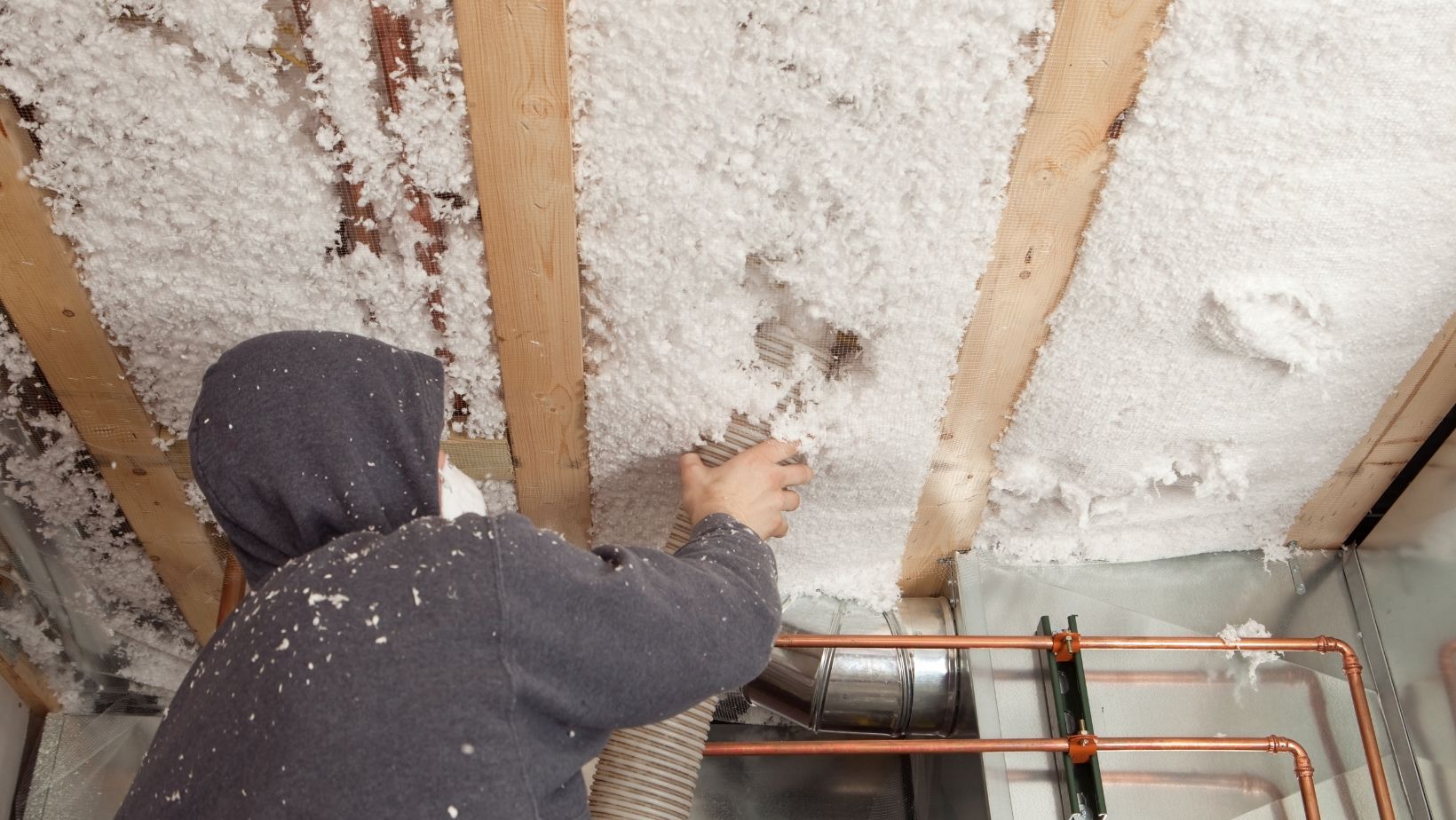Insulation plays a central role in enhancing comfort, reducing energy bills, and improving overall home performance. Yet, not all insulation options are equal in performance, affordability, and ease of installation. Among the various methods available, blown-in insulation is often an overlooked but highly efficient solution for modern homeowners. It offers unique advantages for existing homes and new builds, filling gaps and hard-to-reach spaces with greater precision than traditional insulation methods. We will explore how blown-in insulation can make a tangible difference in your home’s comfort, cost-efficiency, and sustainability, helping you make an informed decision that aligns with your home improvement goals.
Why Blown-In Insulation is a Smart Investment for Homeowners
Improves Energy Efficiency All Year Round
One of the standout benefits of blown-in insulation is its impact on energy efficiency. Traditional batt insulation often leaves gaps and compresses over time, compromising performance. Blown-in insulation, however, is applied using high-pressure equipment that allows it to fill every nook, crack, and crevice within walls, attics, or floors. This comprehensive coverage reduces thermal bridging — where heat travels through structural elements that are poorly insulated — and creates a seamless thermal barrier. In summer, it keeps cool air inside, minimizing the strain on your air conditioning. Companies like First Defense Insulation have helped homeowners achieve these energy-saving results by offering precise and effective installation services that maximize performance and comfort.
During winter, it traps warmth indoors, lowering the demand on your heating system. This dual-season efficiency helps maintain stable indoor temperatures and reduces monthly utility bills. Studies have shown that properly installed blown-in insulation can cut energy expenses by 20 to 30 percent annually. Over time, this translates into significant savings that justify the upfront investment and make your home more environmentally responsible by reducing its overall carbon footprint.
Ideal for Retrofitting Existing Homes
Blown-in insulation is particularly advantageous for homeowners with older properties or those looking to improve existing construction without major demolition. Traditional insulation methods often require the removal of drywall or significant structural changes to insert materials. Blown-in insulation sidesteps that issue with its minimally invasive application. Installers typically drill small holes between wall studs or access points in the attic and then blow the insulation material — often made from cellulose or fiberglass — directly into the space. Once filled, the holes are sealed and finished, leaving no visible signs of the upgrade. This approach saves time and money on labor and materials, making it a more accessible option for homeowners who want results without undertaking major remodeling projects.
In addition, blown-in insulation works well over existing insulation, improving performance without requiring a full replacement. This flexibility and ease of use are why it continues to grow in popularity among those improving their homes incrementally.
Enhances Indoor Comfort and Air Quality
Comfort within your home extends beyond just temperature control; it also includes air quality and noise levels. Blown-in insulation contributes positively to both. Because it seals cracks and crevices, reducing the infiltration of outside air pollutants, allergens, and moisture. This can be particularly beneficial for households with asthma or allergy concerns. Additionally, blown-in cellulose insulation is often treated with borates — a naturally occurring mineral — which offers resistance to mold, mildew, and pests without introducing harmful chemicals.
Another lesser-known benefit is soundproofing. The dense composition of blown-in insulation acts as a sound barrier, dampening outdoor noise and reducing echo between rooms. Whether you live on a busy street or have a multi-level home, this can greatly enhance the sense of peace and quiet indoors. Blown-in insulation plays a dual role in creating a healthier, more enjoyable living environment for your entire family by improving both the comfort and quality of the air you breathe.
Eco-Friendly Materials with Long-Term Value
For homeowners looking to make sustainable choices, blown-in insulation presents a compelling case. Many types are made from recycled materials, such as cellulose derived from recycled newspaper, making them an environmentally conscious option. This aligns with growing efforts to reduce waste and carbon emissions in the building industry. Additionally, because blown-in insulation lasts for decades without settling significantly, it maintains its thermal properties over time. This longevity minimizes the need for reinstallation or frequent maintenance, reducing future costs and lessening the environmental impact of having to replace worn-out insulation.
When combined with energy savings and improved HVAC performance, the long-term value of blown-in insulation becomes clear. It’s not just a one-time improvement but an ongoing contributor to your home’s sustainability and efficiency goals. In an age where eco-responsibility is a key consideration for property owners, this insulation option fits well with the broader movement toward greener living spaces.
Blown-in insulation provides a smart, efficient, and long-term solution for homeowners seeking better comfort, lower utility bills, and more sustainable living conditions. It addresses common issues like energy loss, poor indoor air quality, and noise pollution while offering an easy and cost-effective installation process. Whether upgrading an older home or fine-tuning a newer one, blown-in insulation adapts to your needs without the complications of more invasive methods. With its array of benefits and minimal disruption during installation, it’s a practical investment that pays off for years to come, both financially and in improved daily living.


